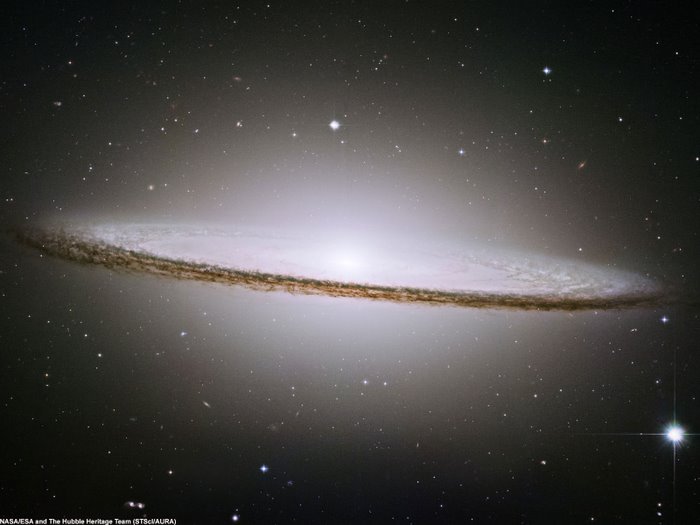After the Atlantic posted
this article earlier this week, there was a resulting media frenzy regarding the possibility that the Kelper space telescope had detected evidence of an intelligent alien mega-engineering project.
It is important to keep in mind that no scientist who has been involved in the study of this star to date is arguing or theorizing that alien engineering is the
most likely explanation for the observed anomalies around KIC 8462852, but rather it has been noted that no known natural explanation provides a good fit for observation, and in some aspects the observations match
what was predicted if Kepler did happen to stumble across a system with megastructures.
What makes KIC 8462852 so unusual is a combination of the type of star that it is, and the observed bizarre changes in brightness of the star. The Kepler telescope looks for tiny dips in starlight to detect exoplanets. Even very large gas giant exoplanets would only cause a dip in brightness of a star this size by 1 percent or less. However, the observations from this star included dips in light far greater than any planet could create, and the dips were not symmetric or periodic as would be expected with planets. In particular, two dips in brightness were far outside the range of any normal phenomena. The first major dip obscured the star's brightness by up to 15%, and the
other by up to 22%. Dips of this size would indicate a transit of
something covering up to half the width of the star.
One possibility would be a disk circumstellar dust, or rings. However, the star is not a young star by all observations, making this type of a possibility unlikely. Other theories invoke a recent planetary collision, however these events are incredibly rare and it is highly unlikely this would provide an answer. In addition, a massive collision scenario would create dust that glows in
infrared wavelengths, but there is no observed excess infrared energy, ruling out massive planetary collision debris or other explanations that invoke large dust or debris clouds.
Whatever the explanation for the strange observations so far of KIC 8462852, it is likely to involve a new and interesting to date undiscovered phenomena. It seems likely that if we do discover proof of alien intelligence it will be through a gradual understanding of observations and interpretation of evidence over time. Because such an extraordinary claim requires extraordinary proof, essentially to the point of almost completely excluding natural explanations, a sudden discovery is unlikely. Rather, such a finding will require the long, difficult process of excluding all other possible explanations (as it should). Whether it ends up being this observation or something else, we will likely only gradually come to fully understand over time what the importance of a discovery as earth shattering as alien intelligent life if this type of discovery is ever made. Here are some links of interest regarding KIC 8462852:
game of sorts, the creation of supersmart hackers existing somewhere else, is not a joke. Exploring a "whole-world simulation," I discovered, is a deep probe of reality. - Robert Lawrence Kuhn
